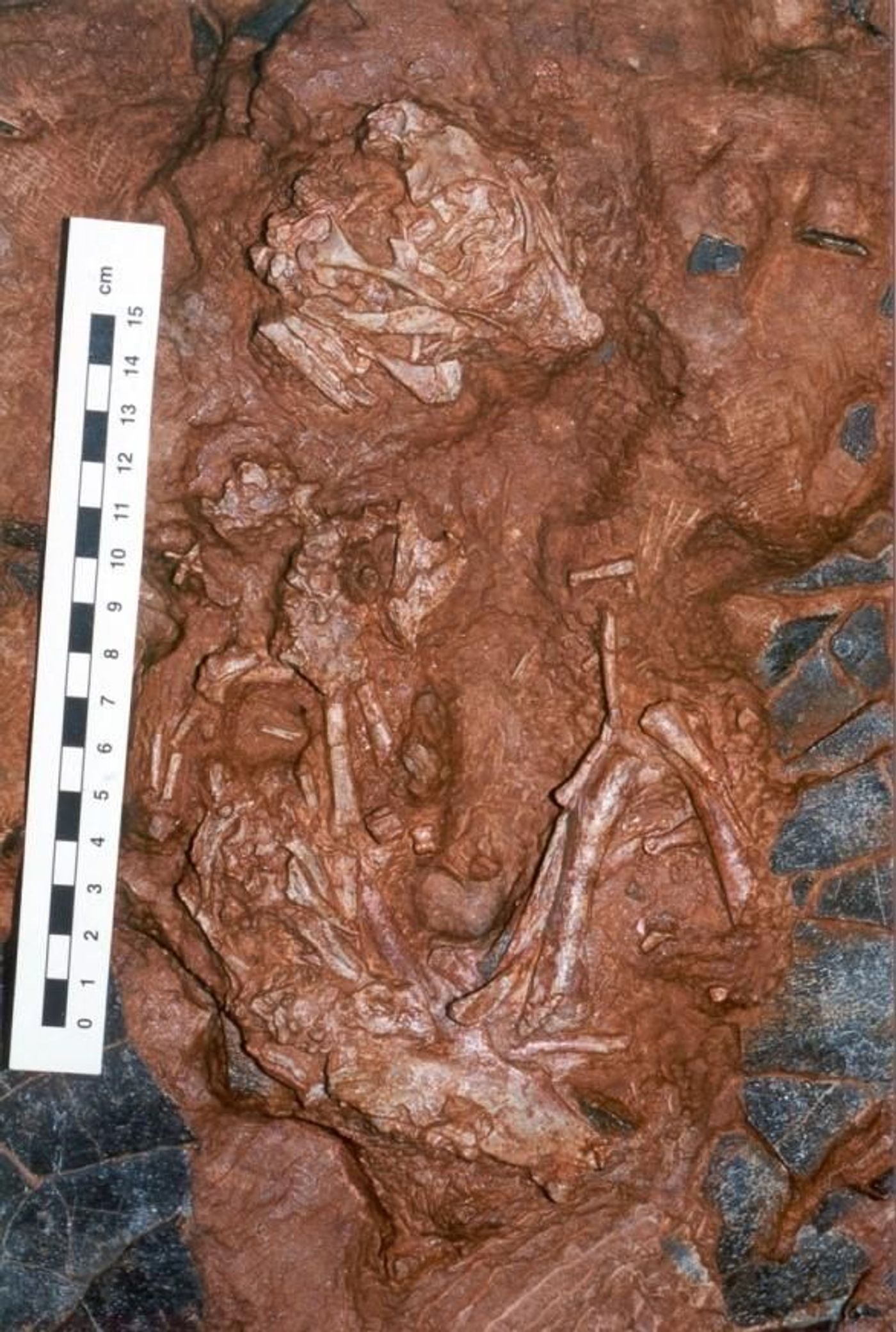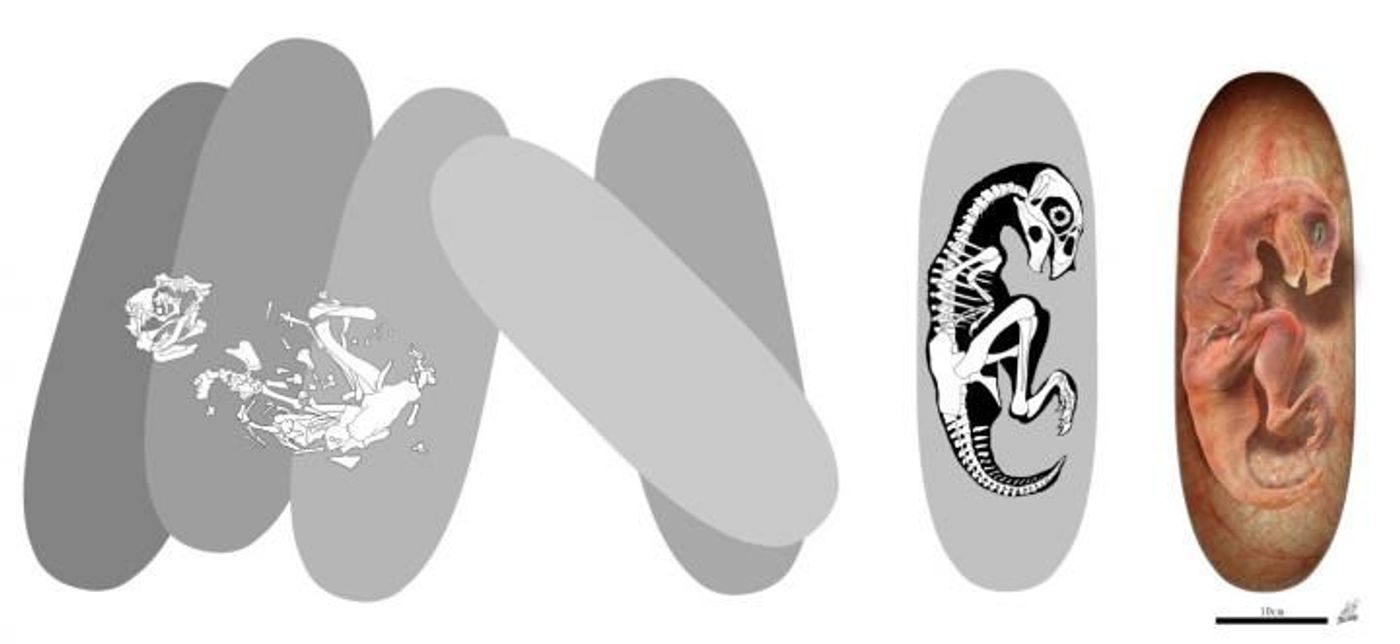'Baby Louie' Fossil Officially Identified as Giant Bird-Like Dinosaur Species
Dinosaur fossils found in the Henan province of China during the mid 1900’s are telling the story of a newly-identified species of feathered dinosaur that existed across vast regions of China and neighboring countries during the Cretaceous era.
Image Credit:
While the fossils themselves are actually quite famous, nicknamed ‘Baby Louie’ for fun, a true identification of what species the fossils came from is only just now coming to fruition after over two decades of mysteries.
The fossils were recently repatriated to China since their original exportation out of China technically wasn’t legal, and this was the main reason the research wasn’t publicized for so long.
In the journal Nature Communications, the researchers discuss a massive bird-like dinosaur known as a caenagnathid oviraptorosaur, which is said to have a body nearly 26 feet long and weighing over 3 tons. The official name given to the new species is Beibeilong sinensis.
Related: Cretaceous era lizards fossilized in amber
“For many years it was a mystery as to what kind of dinosaur laid these enormous eggs and nests. Because fossils of large theropods, like tyrannosaurs, were also found in the rocks in Henan, some people initially thought the eggs may have belonged to a tyrannosaur,” study co-author Darla Zelenitsky from the University of Calgary explained.
“Thanks to this fossil, we now know that these eggs were laid by a gigantic oviraptorosaur, a dinosaur that would have looked a lot like an overgrown cassowary. It would have been a sight to behold with a three-ton animal like this sitting on its nest of eggs.”
Among the fossils examined were both bones and remnants of eggs and embryos – these dinosaurs had not yet fully developed in their eggs. Worthy of note, this is reportedly the first time dots have been connected between both the eggs and fossils of caenagnathids.
Image Credit: Darla Zelenitsky, University of Calgary
At the predicted size, the bird-like creature needed a large nest. Experts estimate that its nest would have been around 9 feet wide and that the eggs were placed in a ring shape in the bowl-like nest so that the large bird-like dinosaur had a place to sit.
Image Credit:
The studied embryo was around 15 inches long, which means the elongated eggs had to be pretty large as well. It’s believed that these were some of the largest dinosaur eggs around at the time, but nevertheless, no one would have believed that a 15-inch baby would have eventually grew into a massive 25-foot long beast.
Thanks to modern paleontology, experts in the field were able to compare features of these embryo with that of the few known Caenagnathid fossils, and this allowed them to officially identify identifying a new species in the process of connecting the dots.
Source: The Verge











